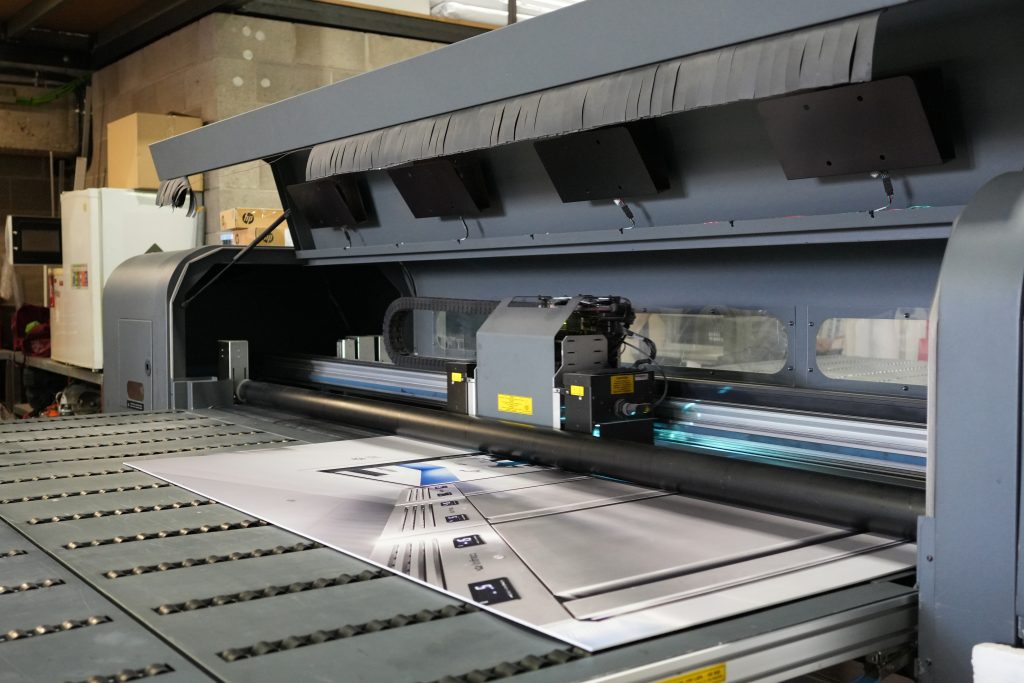THE PROCESS BEHIND A SIGN: FROM DESIGN TO INSTALLATION
THE PROCESS BEHIND A SIGN: FROM DESIGN TO INSTALLATION
In the world of signage, every detail counts. A well-designed and installed sign is key to reinforcing a brand’s visual identity and capturing the public’s attention. But have you ever wondered what the process behind a sign is? From the conception of the idea to its final assembly, in this article we explain step by step the work of a signage company in Barcelona.
1. Needs analysis and initial concept
The first step in any signage project is to understand the client’s needs. Meetings are held to define:
- The type of sign required (luminous, three-dimensional, vinyl, etc.).
- The most suitable materials depending on the installation location.
- The design and style that best represents the brand identity.
At this stage, it is essential to conduct a study of the surroundings where the sign will be installed to ensure its visibility and adaptability.
2. Visual design and development
Once the concept is defined, the signage company’s design team develops sketches and digital prototypes. This step is crucial, as it allows the sign to be visualized before manufacturing.
The design must meet several requirements:
- Be legible and attractive.
- Follow the company’s corporate identity.
- Adapt to the dimensions and restrictions of the space.
Customers are often given several design options to choose from to best meet their expectations.

3. Manufacturing the sign
Once the design is approved, the production phase begins. Depending on the type of signage, different materials and processes are used:
- Printed and cut vinyl for adhesive or decorative signs.
- Acrylic, PVC, aluminum and composite for corporeal signs or panels.
- LED lighting in illuminated signs.
Manufacturing is carried out using cutting-edge technology, ensuring precise, high-quality finishes.

4. Preparation and installation
Before installation, the sign is inspected to ensure it meets quality and safety standards. A specialized team then assembles it in the designated location.
In this phase the following should be considered:
- Correct fixing of the sign according to the type of surface.
- The electrical connection in the case of illuminated signs.
- Resistance to weather conditions, especially outdoors.
Installation is carried out with professional tools to ensure a long-lasting and safe result.
5. Maintenance and durability
A well-maintained sign can last for many years. Therefore, many signage companies in Barcelona offer maintenance services to ensure your signs remain in perfect condition.
Aspects to consider in maintenance include:
-
Periodic cleaning to prevent dirt build-up.
-
Review of lighting systems.
- Replacement of damaged or worn parts.
Signage is a process that requires precision, creativity, and technology. From design to installation, every step is critical to achieving an attractive and functional sign that reinforces your brand image.
If you’re looking for a signage company in Barcelona, at Grafiks we can help you bring your business to life with customized, high-quality solutions.
Contact us and transform your corporate image!
